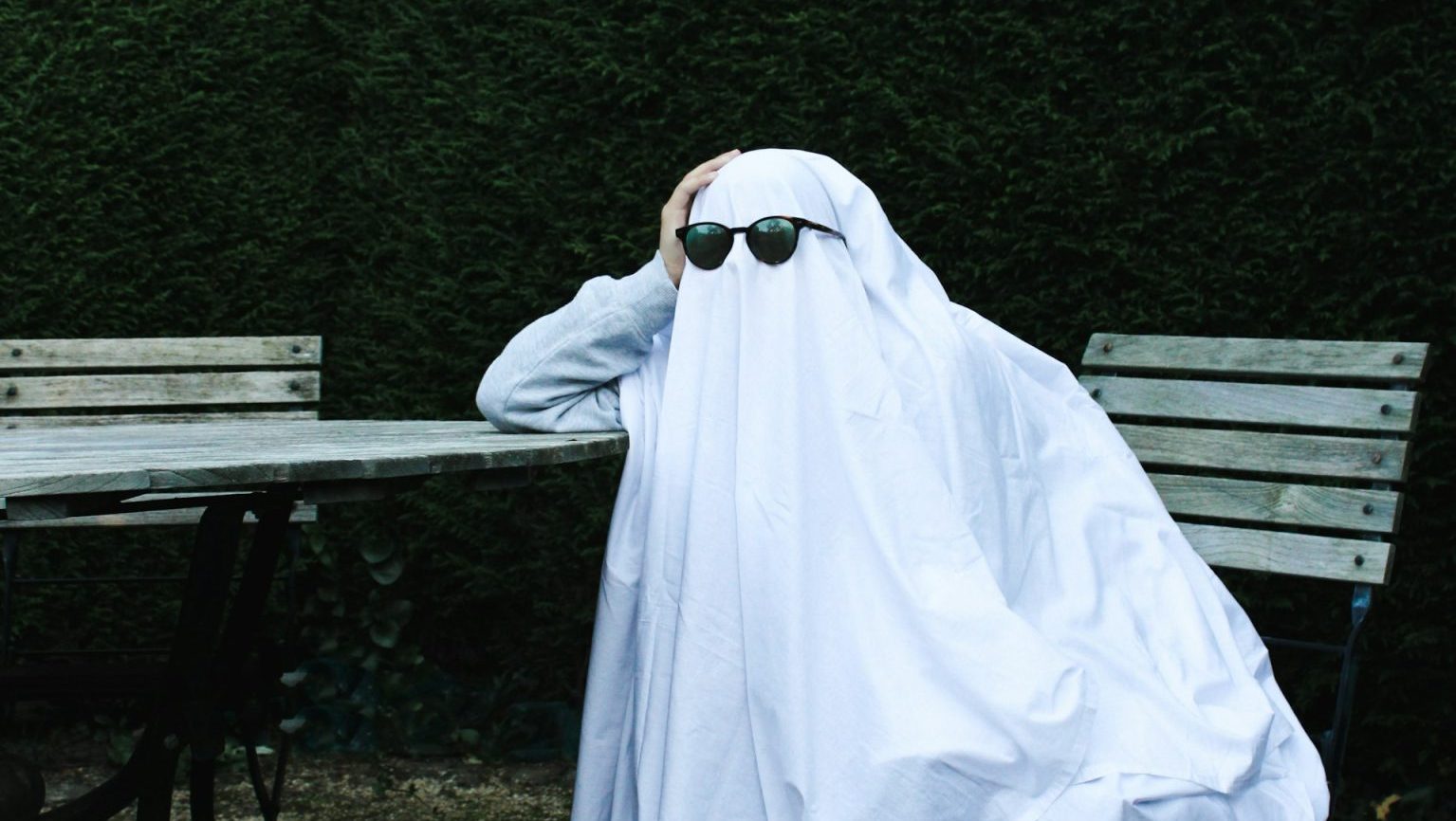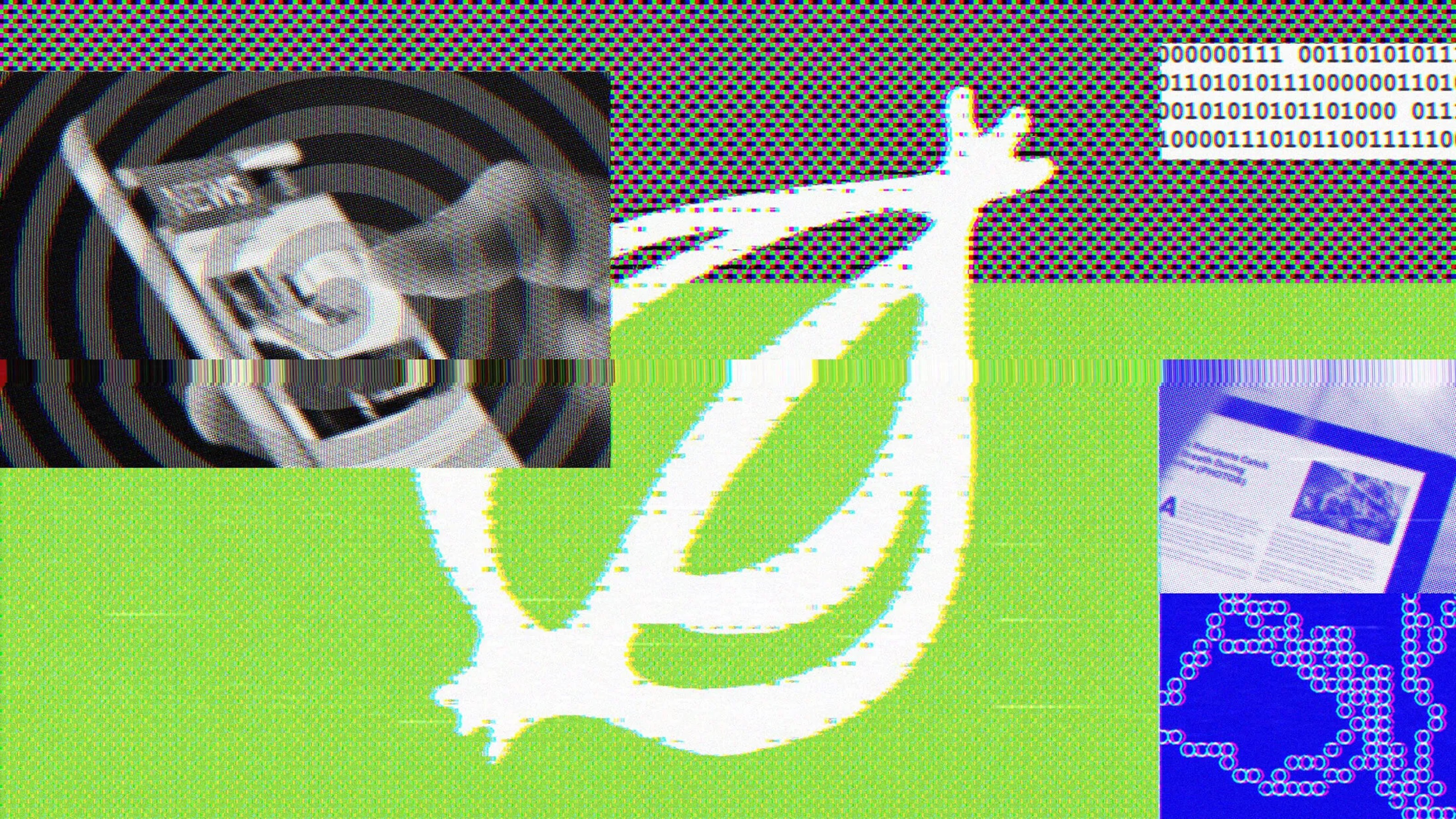In these digital times, all of us will put on the stage, says actress Parker Posey. More fiction will be created and more self-mythologizing. Everyone has a desire to break out of our skins and to be something more than we are. But what are we losing?
I wanted to find a place for myself to cast myself in a book and me starring on paper and play with the persona of the movie star, which I think people are interested in and find entertaining. I always did. And I come from—my family, they’re performative people.
But I think every memoir is a self-mythologizing act, and in this digital time right now, the new screen time, the rise of this new screen—what are we losing? And what can we make to connect us even further to our own mythologies and our own stories and our own family?
So when I was writing this I saw my trajectory and my family and my grandparents in these stories, so the act of writing was an interpretation and a period of catching this kind of energy in these stories.
And it’s performative too, and that was also something that was coming through with the act of writing, was wanting to connect with people and maybe even travel with it, which I think could be really fun. A really casual karaoke party where people really “mean” the song and they’re not performing it, and they’re not imitating—and just play. You know, chill out, leave your cameras.
There’s no one in the audience; we’re all going to be on stage now, isn’t that what this new screen is allowing us to make—even more fiction? It’s an interesting time.
For me it’s like a separation and there’s a difference between a façade and a persona. A façade is evil but a persona is something that you play with.
A façade is something you can’t really break through.
But I think all these archetypes are all inside of us to work through, to really listen to, to be conscious of, to play with. And we should be playing with it. We should be acting out—in a safe space. Why is Halloween so popular? What is everyone getting out of dressing up for Halloween or Comic Con? There’s a real desire to break out of our skins and to be something bigger, something different.





